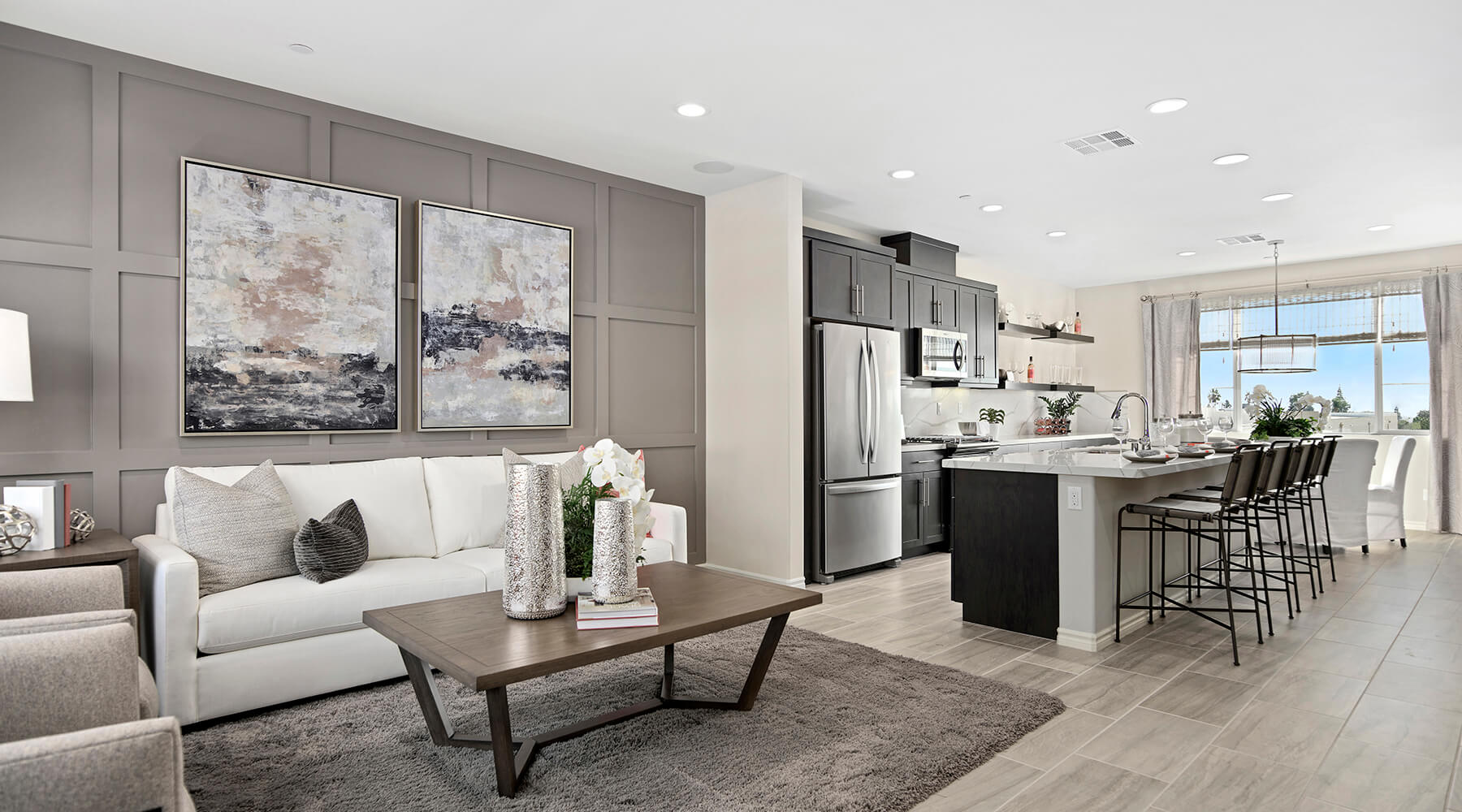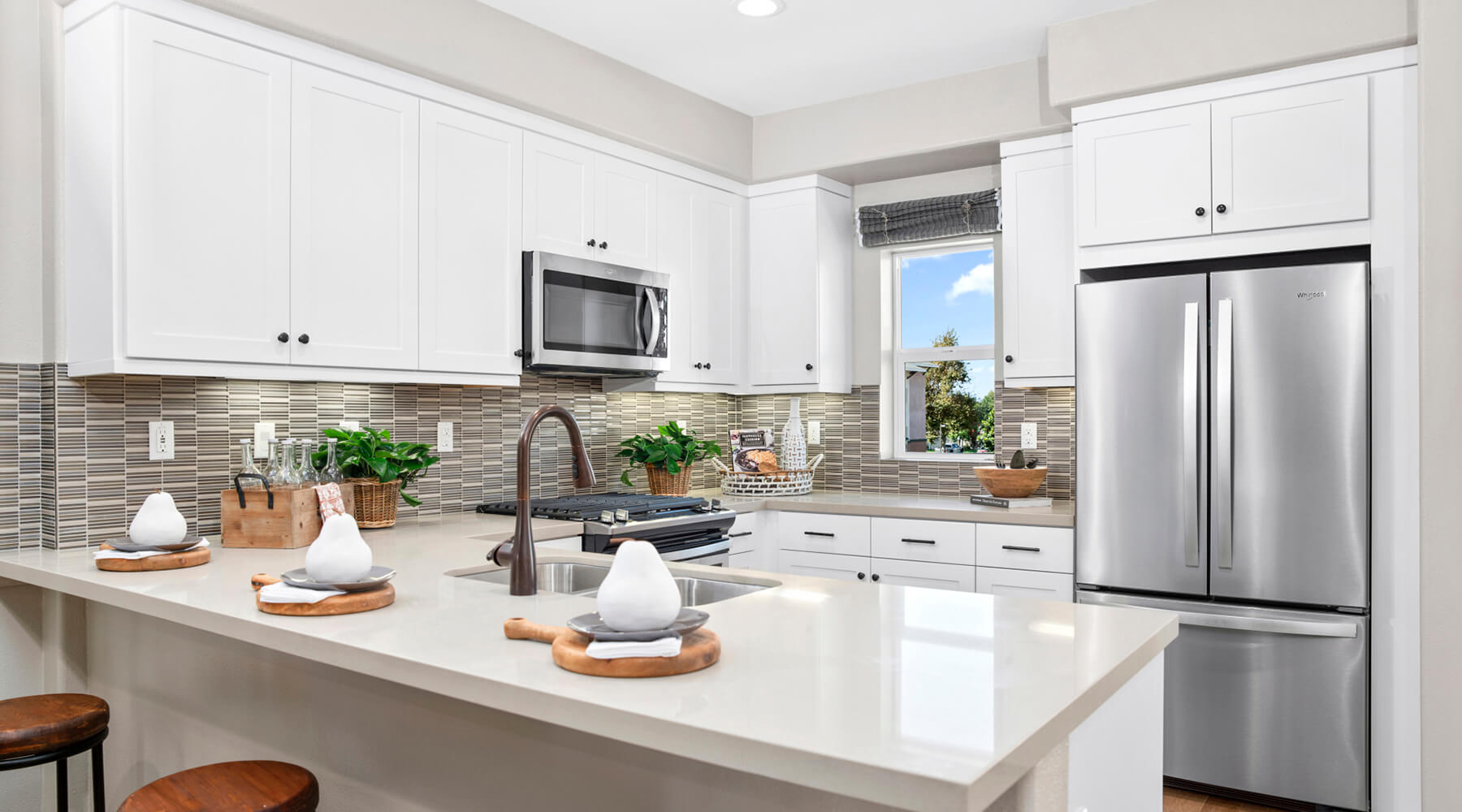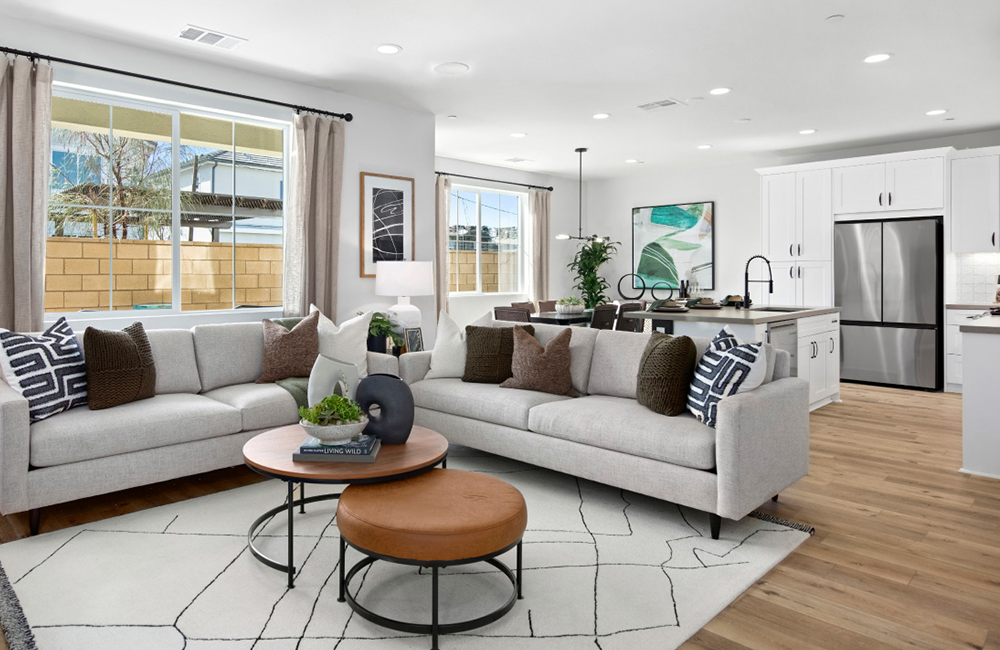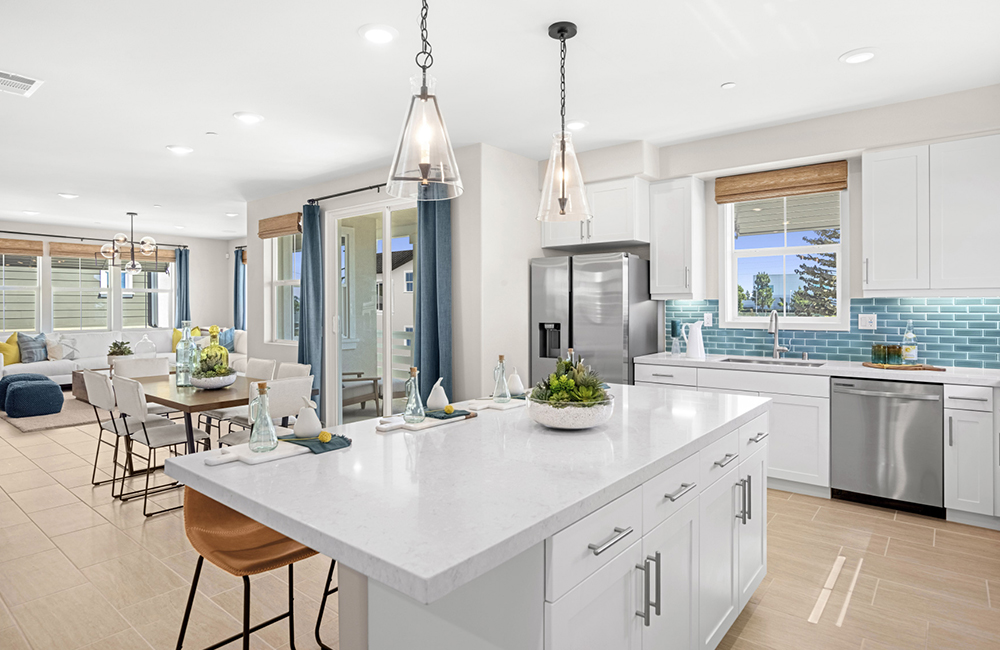20th Anniversary: Brandywine Homes Building Homes that Revitalize Communities for 20 Years
Oct. 28, 2014
In 2014 Brandywine Homes celebrates its 20th Anniversary as a homebuilder and developer in Southern California. Join us this week as we look back at our history over the years.
In 1994, Southern California was just beginning to recover from a residential real estate slump, but the housing market was still iffy. Home mortgage interest rates were inching up, and banks were still shy about making construction loans. It was a questionable time, at best, to start a homebuilding company.
Building homes that revitalize communities is what Jim Barisic does best. In the 1980s, he worked on large master-planned communities before he and a partner created a firm that built custom infill homes and small rental projects in southern California. The business boomed until the real estate market crashed as a result of the savings and loan crisis in the late 1980s, and Jim’s business partner decided he’d had enough. With three boys to get through school and no desire to retire from the business he loved, Jim took a plunge. He founded Brandywine Homes, with only a part-time bookkeeper as staff, and built a small subdivision on the banks of Santiago Creek in Orange County.
With Brandywine, Jim was able to focus on the significant opportunities he saw in providing Southern California’s older, more crowded coastal cities with new homes. He could help rebuild neglected neighborhoods by converting outdated strip malls, parking lots and empty warehouses into much-needed housing. It was a niche few other builders were filling.
The strategy worked. Brandywine grew. In 1998, Jim brought on his son Brett Whitehead, who helped the company develop an impressive network of construction lenders and equity partners. Mark Whitehead, another son, soon came on board as vice president of operations, followed by Jim’s third son, Dave Barisic, as vice president of sales and marketing. A true family business, Brandywine would become one of Southern California’s preeminent builders.

It wasn’t always easy. As the real estate industry consolidated over the next two decades, mega-companies began to take control of entire markets, edging out smaller players. Stricter government regulations made the entitlement process for urban infill long and cumbersome. Brandywine saw those changes coming and went with the flow, partnering with larger builders who were entering the urban infill market but had no experience working with municipalities. Getting land entitled for other builders to put houses on became a good chunk of Brandywine’s business.
The company excelled at partnering with public agencies to build the next generation of Southern California’s infill neighborhoods. Brandywine was resourceful with land, energy and design, creating places where homeowners can live close to jobs and extended families. Through strong relationships with financial partners and local government agencies, Brandywine has developed more than 45 small- and mid-sized infill communities — including 4 apartment communities — with almost 1,500 homes in a dozen cities across Southern California.
In 2011, Brandywine developed a new brand identity, logo and website that more accurately reflects its reputation as one of Southern California’s most active and successful infill developers and homebuilders. The foundation for its brand is based on the concept of “Building Together for the Next Generation,” a metaphor for rebuilding older cities, providing new home options in established neighborhoods, integrity in partnerships and preserving resources.
The next year, Brandywine was listed as the 9th most active builder in Orange County and among the top five locally based developers.
Key to Brandywine’s success, even through the crippling residential building depression of 2008, is its relationships with lenders. Because it never left a lender holding the bag, Brandywine was able to get large-scale construction loans and keep building throughout the Great Recession. The company not only survived but turned a profit during the crisis , building and selling an average of 50 new homes a year.
“That’s my greatest sense of achievement,” Jim says. “We’re still here. We got through it. And we still like each other.”
“Well,” his son Dave jokes, “most of the time.”






